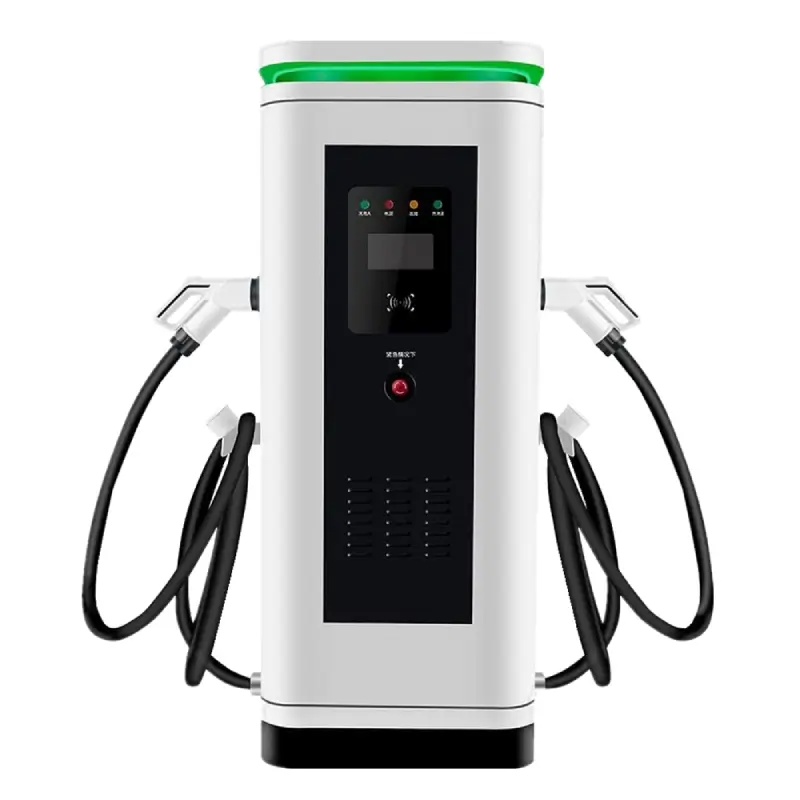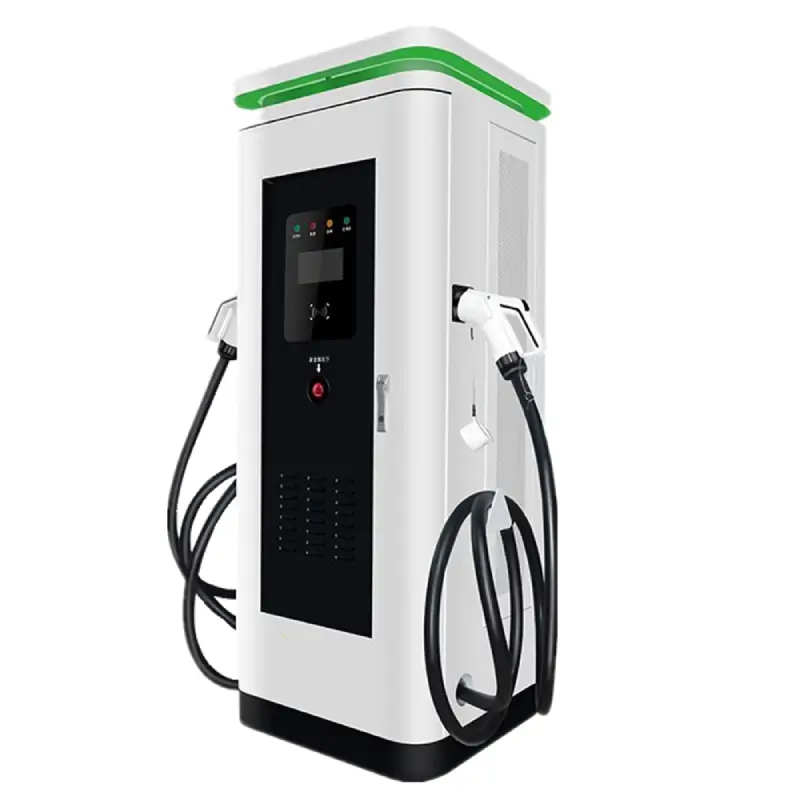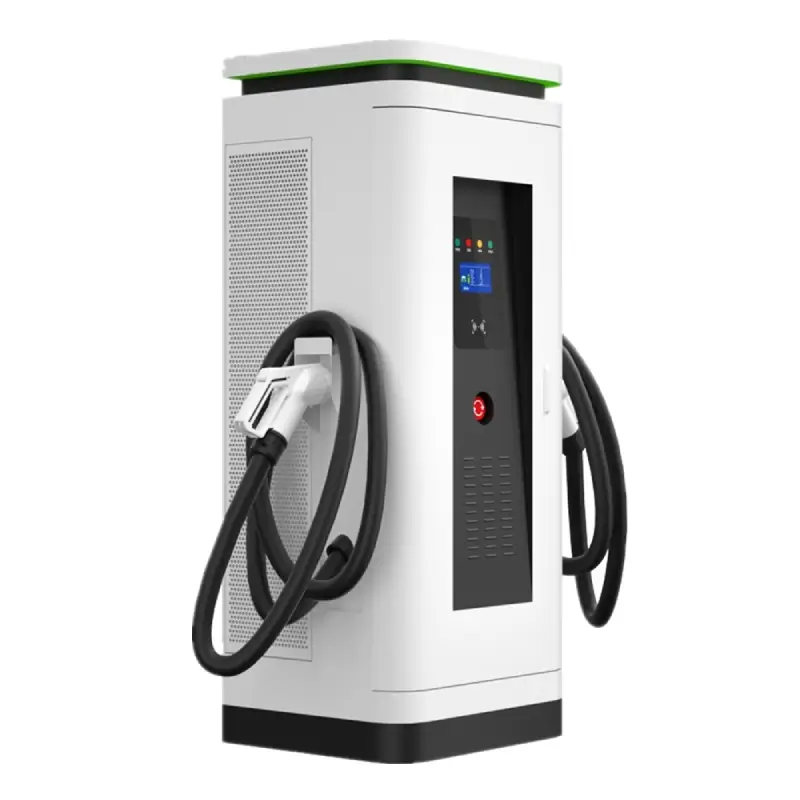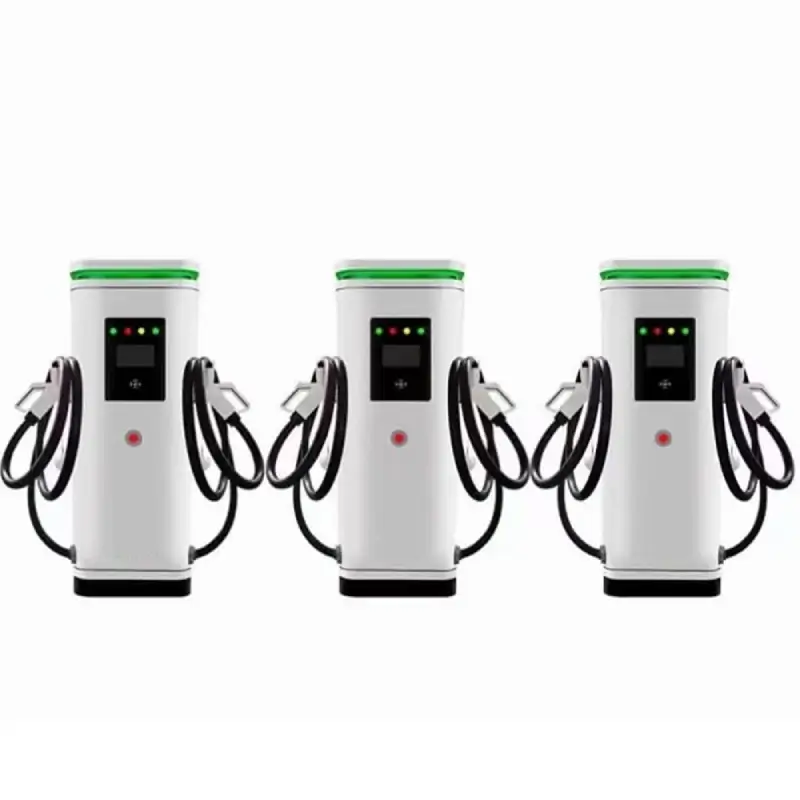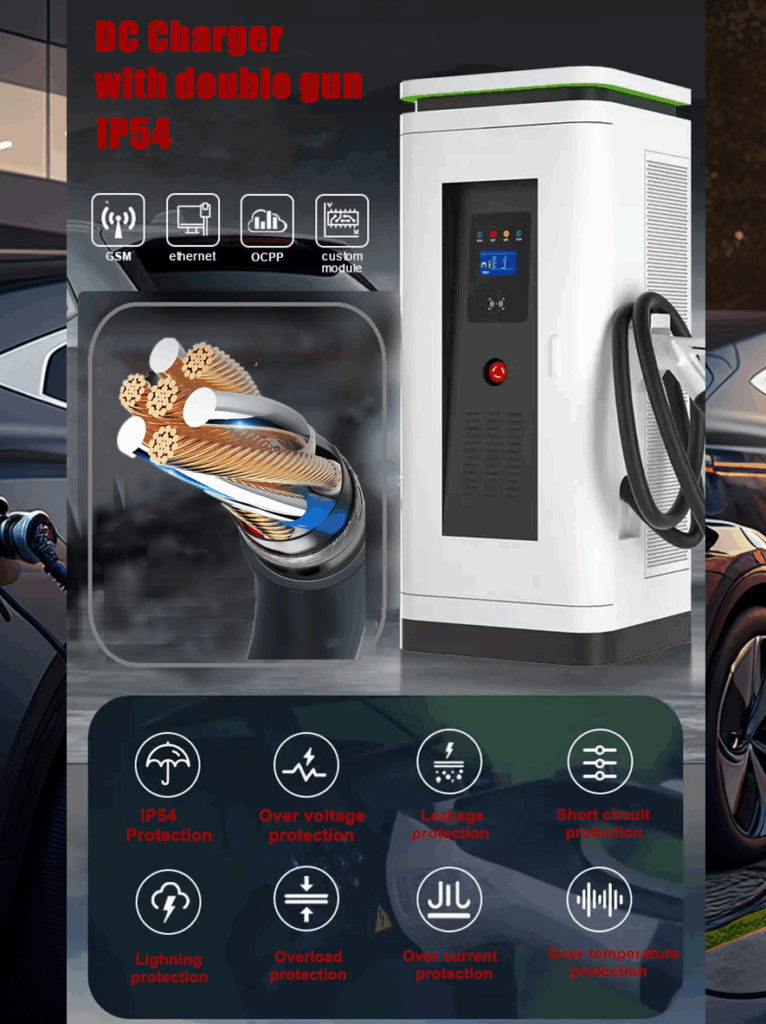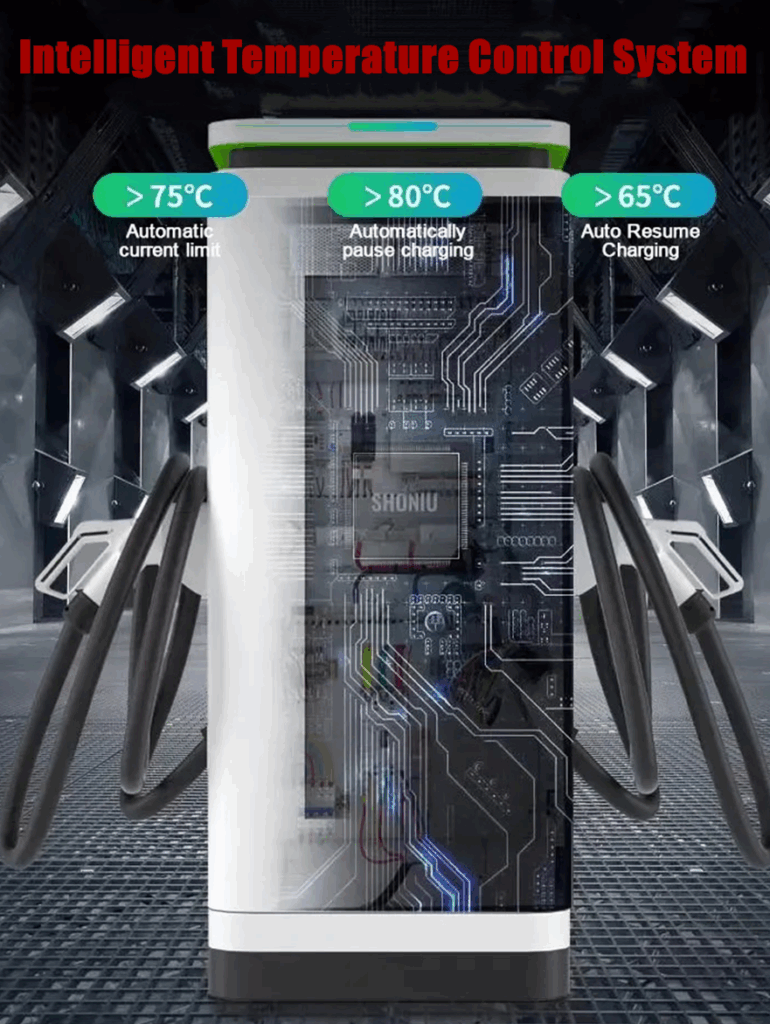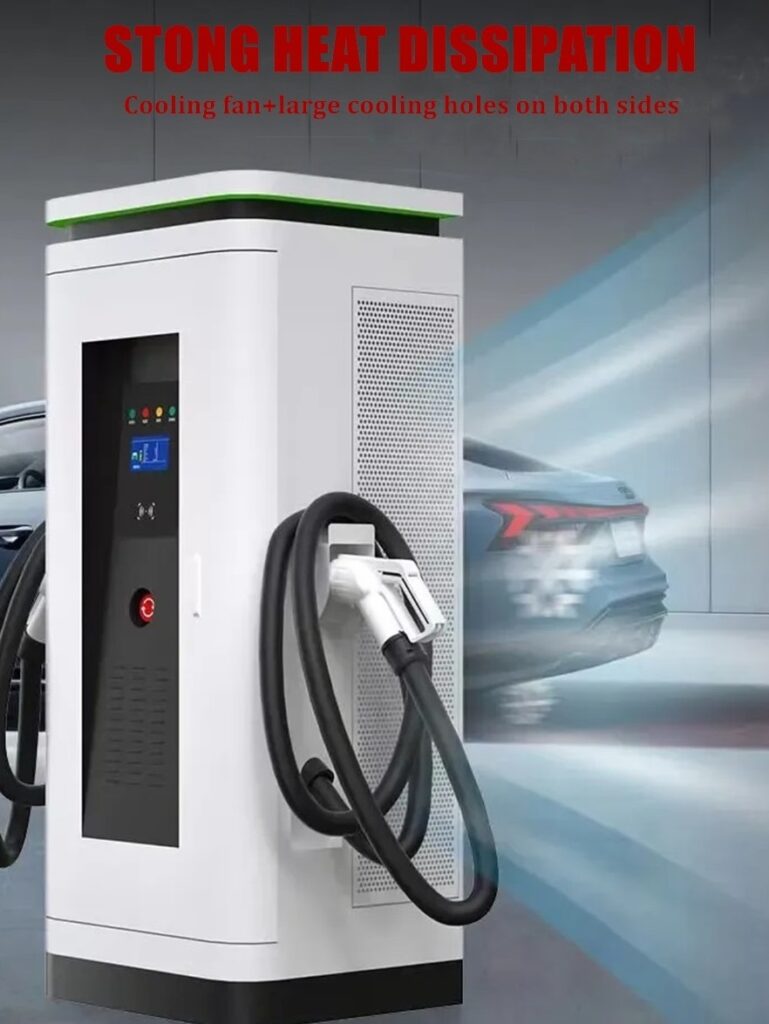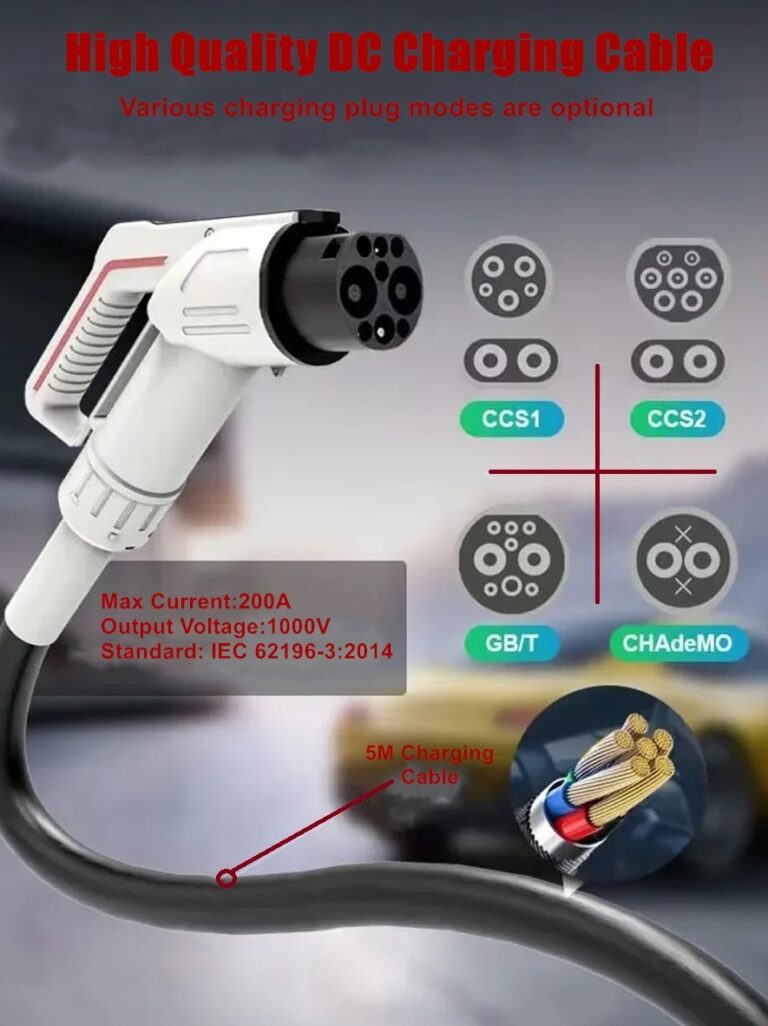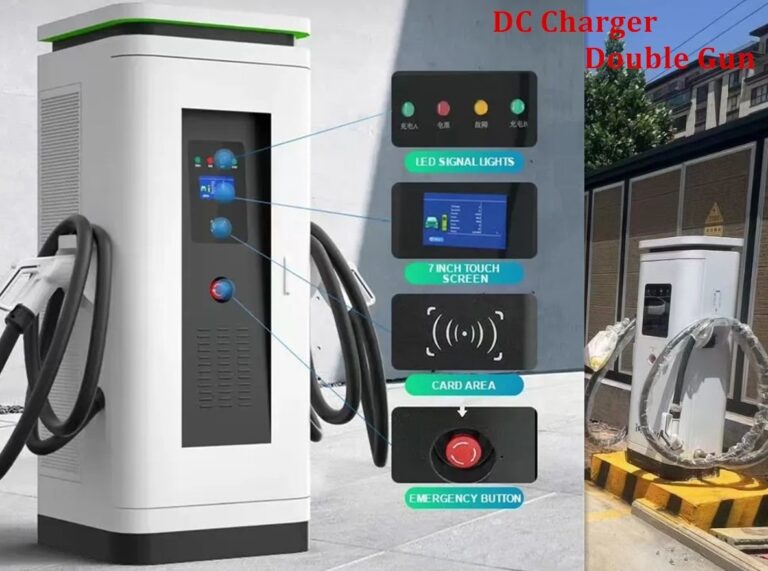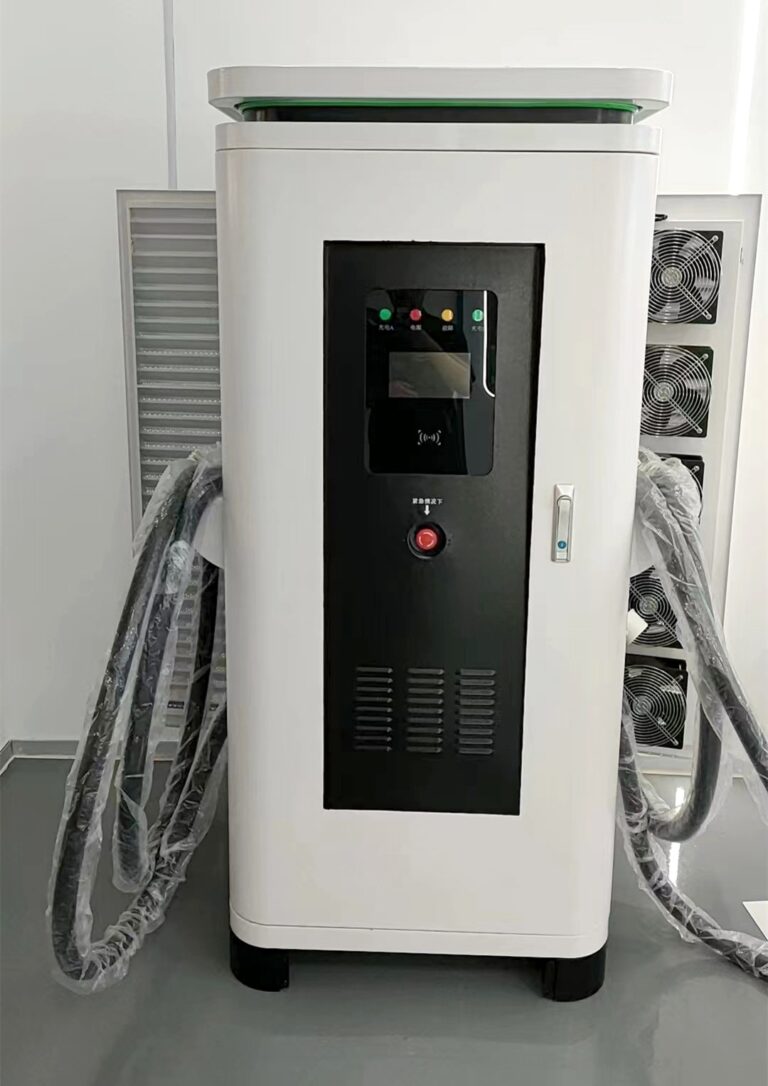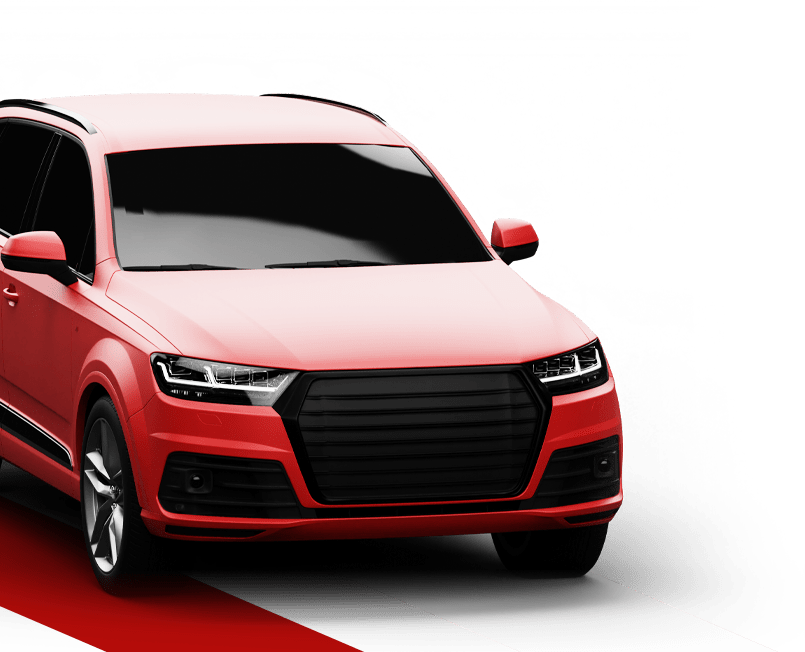A DC EV charger is a specialized charging station designed to quickly charge electric vehicles.
The main advantage of DC EV chargers is their rapid charging capability,they can charge an electric vehicle to 80% capacity in under 30 minutes, which is much faster than conventional chargers. This makes electric vehicles more practical for long-distance travel and reduces “range anxiety,” the fear of running out of battery power during a journey.
DC chargers are equipped with connectors for both fast DC charging and standard AC charging. They are compatible with most electric vehicles that support fast charging, making them a versatile choice for charging electric cars.
These chargers often come with smart features and are connected to networks, allowing users to access real-time information, monitor the charging progress, and make payments using smartphone apps or RFID cards. This added convenience makes it easier for EV owners to find and use charging stations.
By deploying DC EV chargers strategically in public places and along major roads, we can create a widespread and reliable EV charging infrastructure. This infrastructure expansion is essential for the wider adoption of electric vehicles, contributing to a cleaner and more sustainable transportation system.



